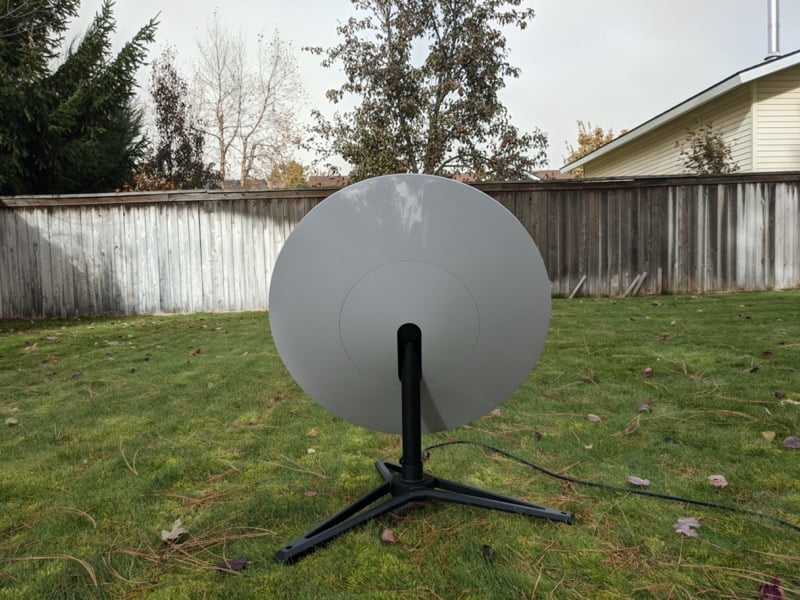
Early SpaceX Starlink Internet Testers Praise Service in U.S., Canada

It’s been six months since SpaceX launched the public beta for its satellite constellation-powered high-speed internet service, Starlink.
CNBC set out to interview early adopters of the service across the U.S. and Canada (where the service has already enjoyed rave reviews) to learn what they thought of the service after having used it for quite some time now.
Unsurprisingly, Starlink has been most successful in remote and rural areas where high-speed internet has been inaccessible, either due to unavailability or cost, and areas (like the majority of Canada) where broadband internet simply costs way more than it should.
Starlink’s internet service costs $99 USD per month, and subscribers are required to pay a one-time upfront fee of $499 USD (taxes, shipping, and mounting accessories not included) for the antenna dish, tripod mount, Wi-Fi router, and power supply they need, and that’s after SpaceX absorbs two-thirds of the cost for the equipment.
Starlink users are more than happy with the quality of the hardware and how well it stands the test of weather, although some found the included Wi-Fi router to be relatively rudimentary and installation to be a tad complex (especially running a cable into their houses).
“Barring a massive hailstorm, I don’t see much hurting this thing at all”, said one user about the Starlink dish antenna, amusingly named ‘Dishy McFlatface’ by the company.
Even though SpaceX is new to being an internet service provider, users found customer service to be quite responsive and knowledgeable, with most users receiving support within one-two hours after opening a ticket.
Since the service is still in public beta, users do experience some interruptions throughout the day, although most only last a few seconds (with the longest being 5-20 minutes) before their equipment connects to another satellite. Service is expected to improve drastically as SpaceX deploys more Starlink satellites into orbit.
Users reported download speeds between 60 Mbps and 150 Mbps, with 200 Mbps peaks, as well as latency of 20-30 milliseconds. For almost all of Starlink’s current 10,000+ users, these speeds are a difference of night and day from what they had access to pre-Starlink, and they are only going to get better moving forward.
SpaceX has already said that it will never introduce tiered pricing plans for the Starlink service, but some expressed understandable concerns over the possibility of data caps being imposed in the future.
That said, however, the current outlook of the Starlink service among its users is overwhelmingly positive, and the service is still in its infancy at the moment.
Starlink’s public beta is currently available to users in the U.S., Canada, U.K., Australia, New Zealand, and Germany, with massive plans for expansion currently in the works.

